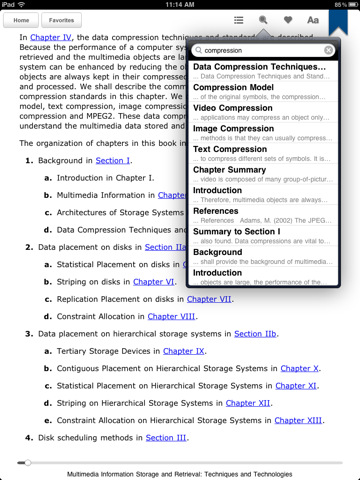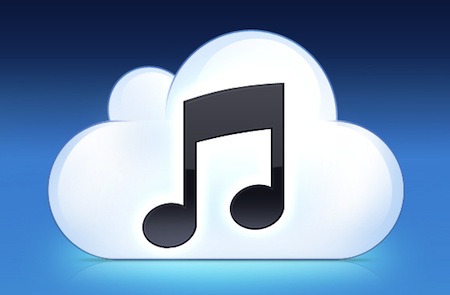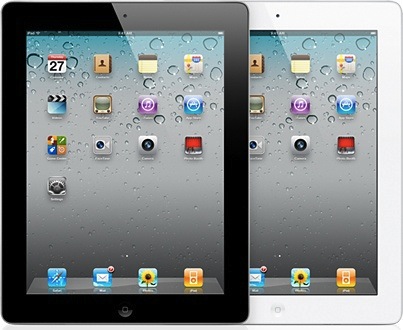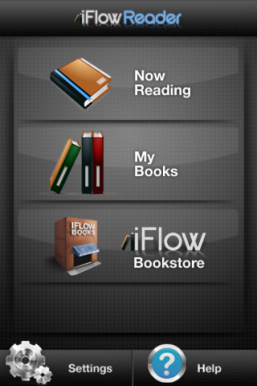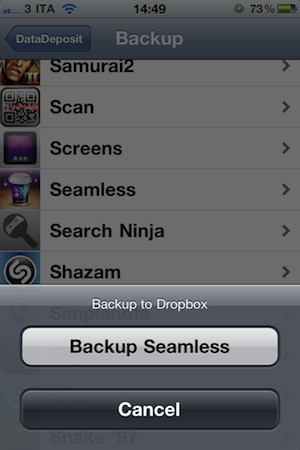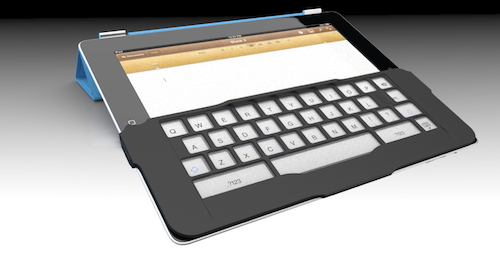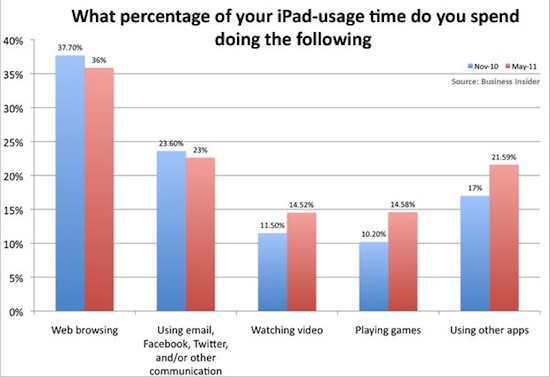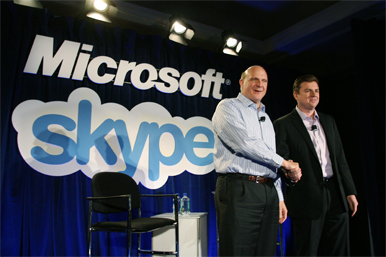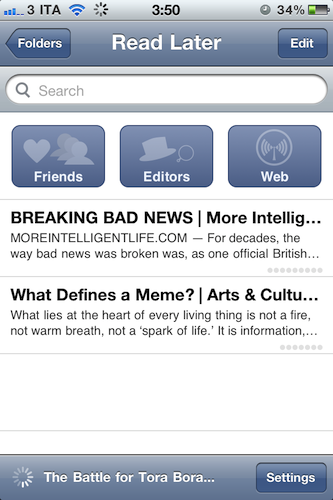Safari Books Online is a very popular service that, through a monthly or annual subscription model, allows you to access a vast catalog of design, development and business-related books and video trainings. Depending on your account, Safari Books Online lets you browse through a library of over 13,000 resources, and thanks to release of a brand new app today, this will also be possible directly from an iPad.
Safari To Go, available for free in the App Store, is a complete 2.0 rewrite of SBO’s previous App Store offering that provides a native interface for the iPad that follows Apple’s interface and usability guidelines, yet still enables you to enjoy the library of Safari Books Online, which includes ebooks from publishers like FT Press and O’Reilly. Safari To Go brings the functionalities you’d expect from a native iPad app: page swiping, offline reading mode and in-book keyword search. You can view your recently read books in a different view, mark items as favorites and create bookmarks. Additionally, you can watch videos in-app and perform a search by topic to find exactly what you’re looking for. Ken Yarmosh, one of the developers of Safari To Go 2.0, explains some of the technical decisions behind the app, such as why 3G connection only allows you to read an offline book:
As an example, notes and tags are not initially available in the application. Similarly, we found the performance on 3G to be sub-optimal due to the amount of content that transmits over the air. So, it was collectively decided that only an offline book should be accessible when on 3G for the first release of the v2.0 version.
Because of how we’ve built the app, we’re now in position to more quickly iterate on these and other features. In fact, we’re just now testing an update internally, which should be pushed to the App Store shortly. The Safari Books Online team also has a roadmap for upcoming releases with the expectation to update it and re-prioritize features based on customer feedback.
The free Safari to Go iPad app is available now in the App Store. You can sign up for a 10-day free trial on Safari Books Online here.


